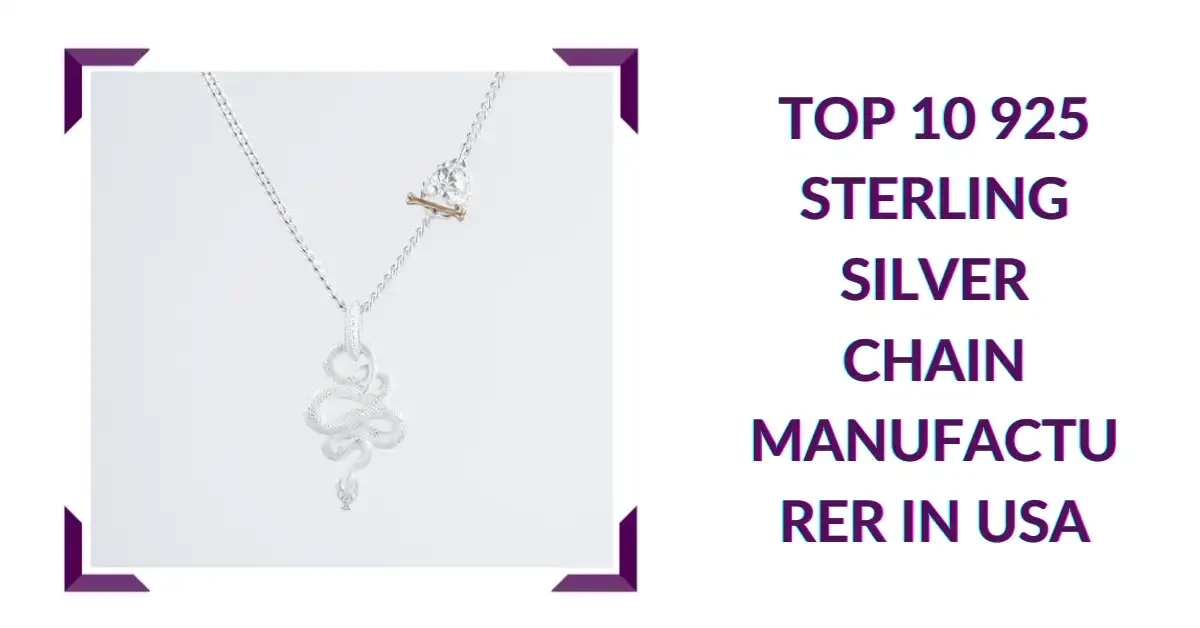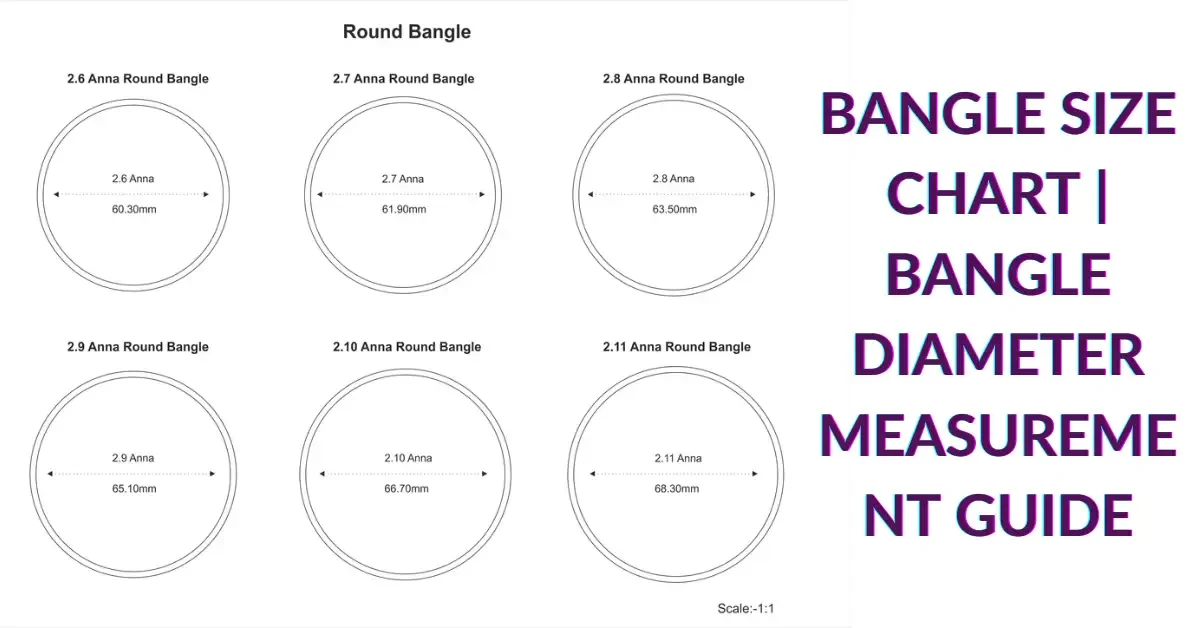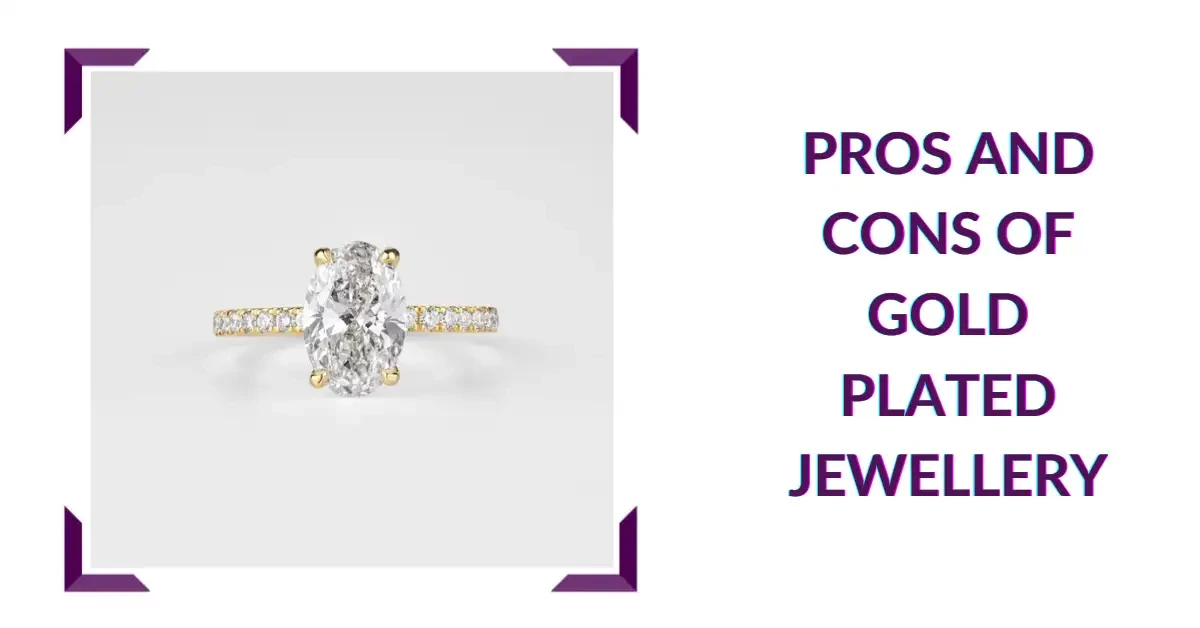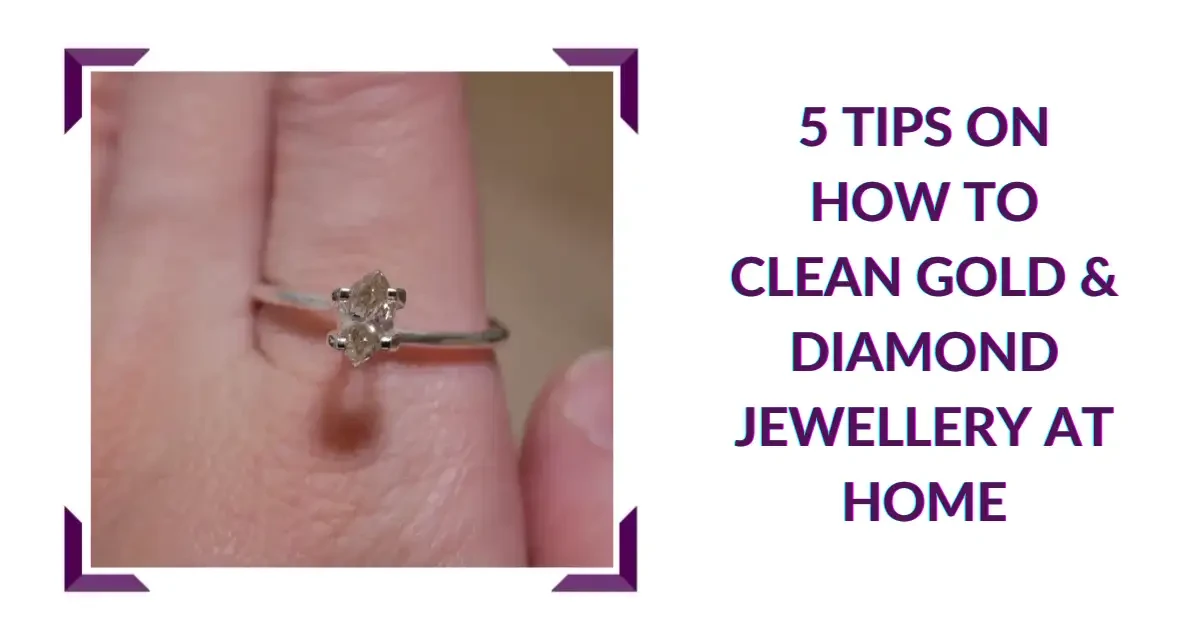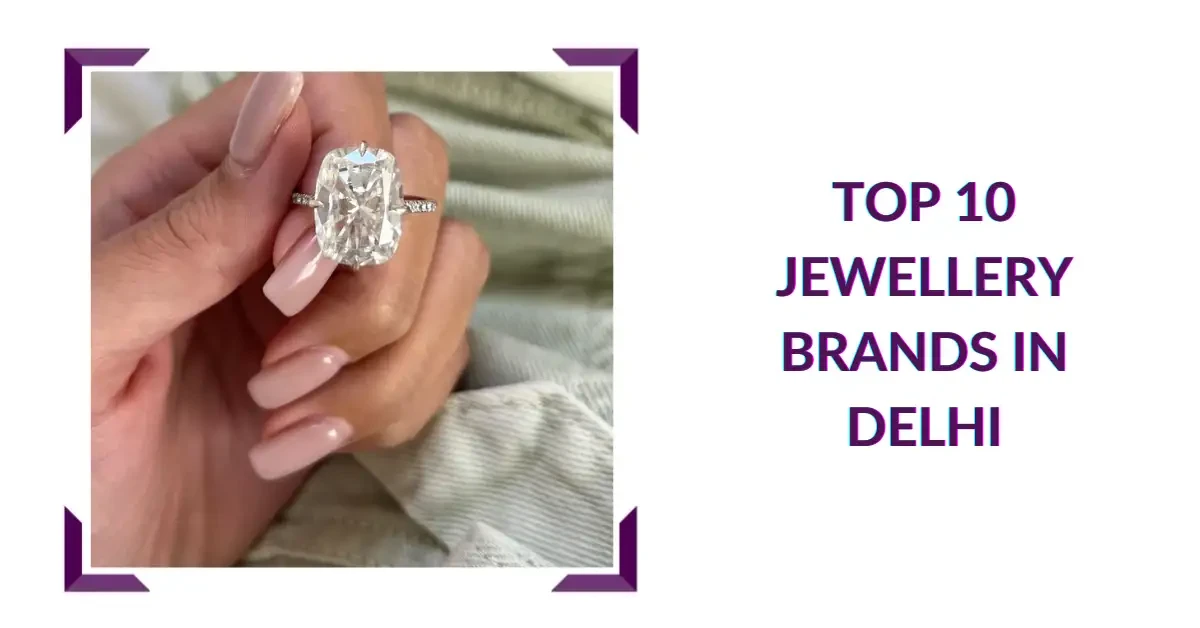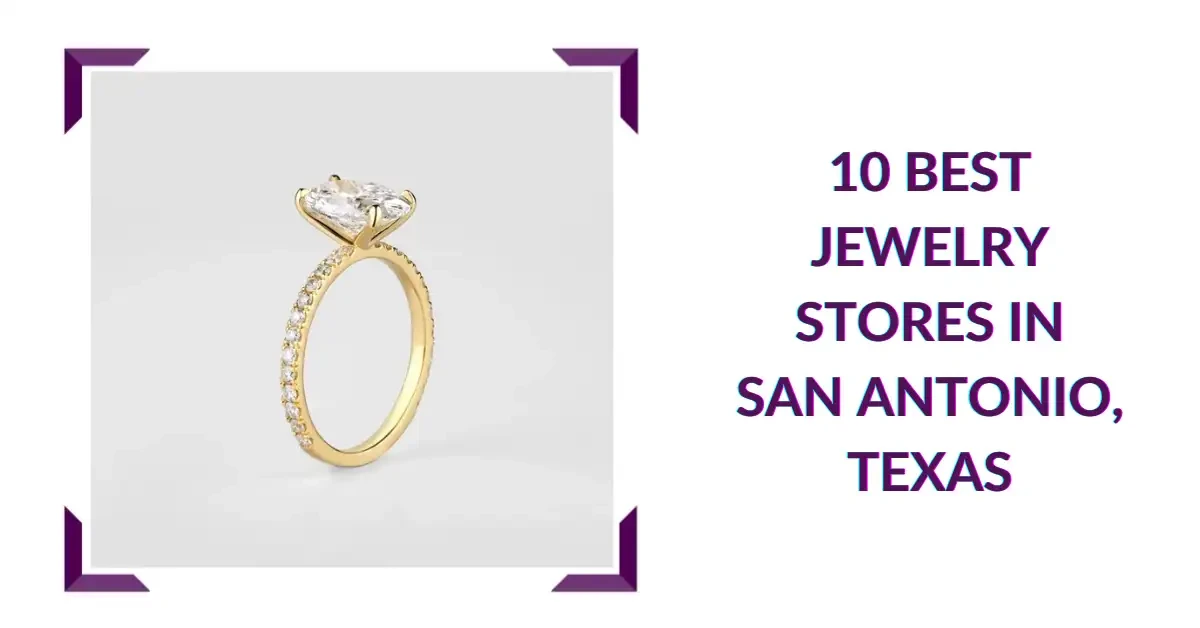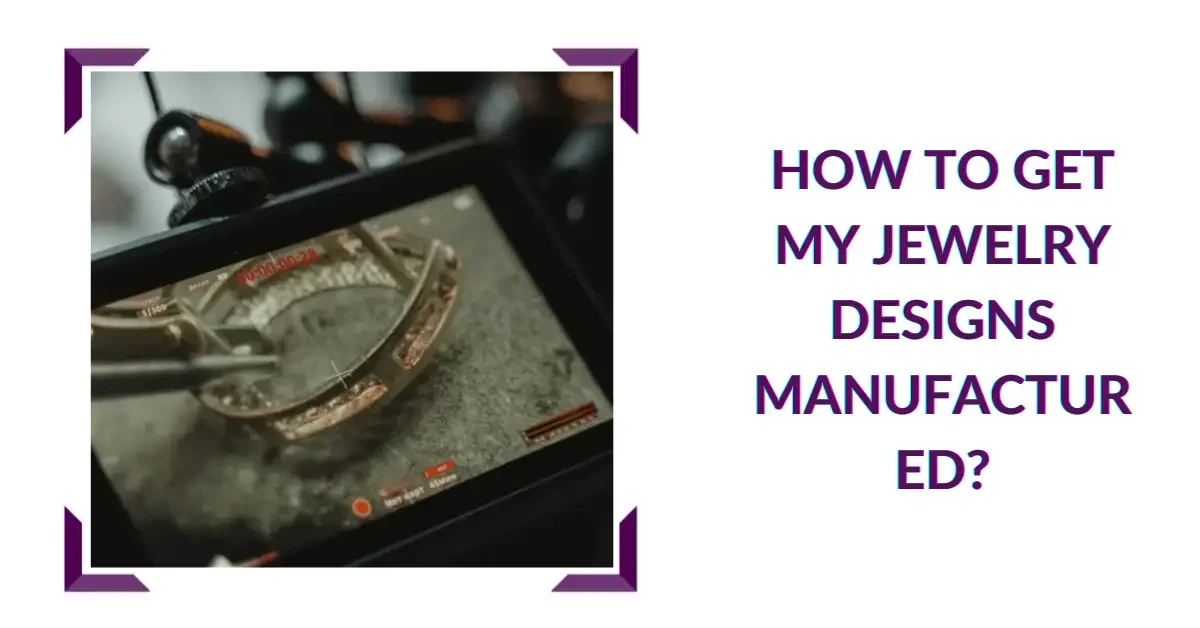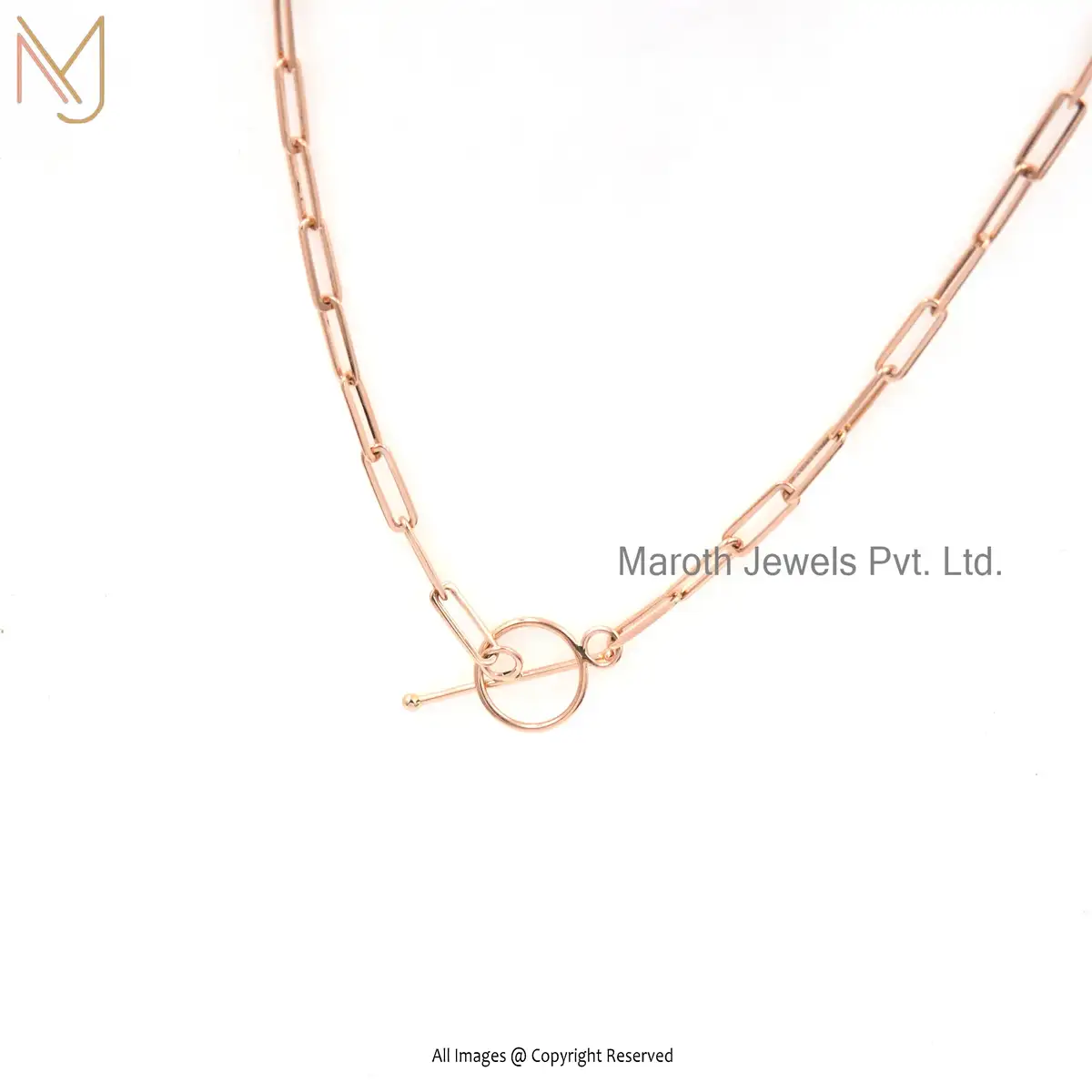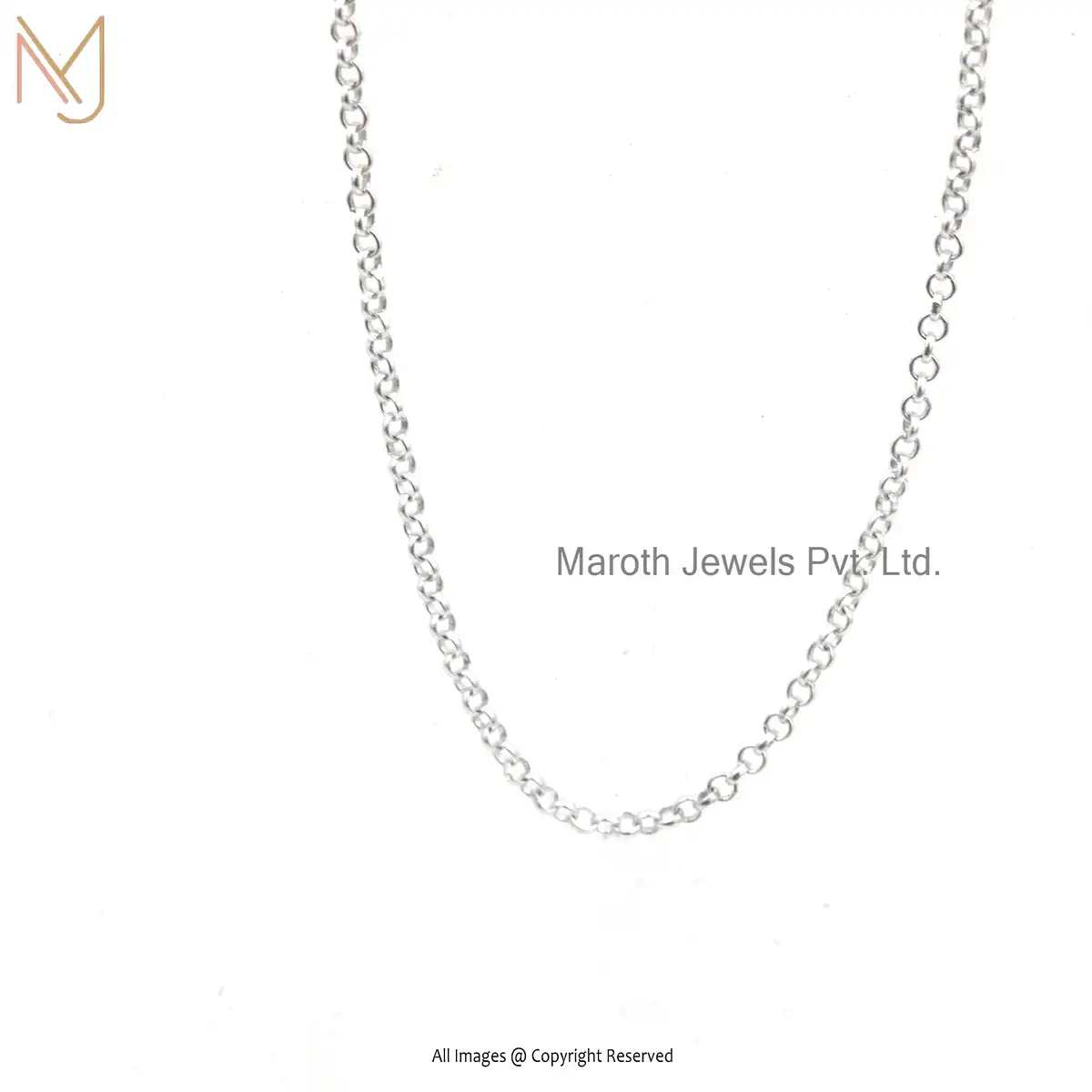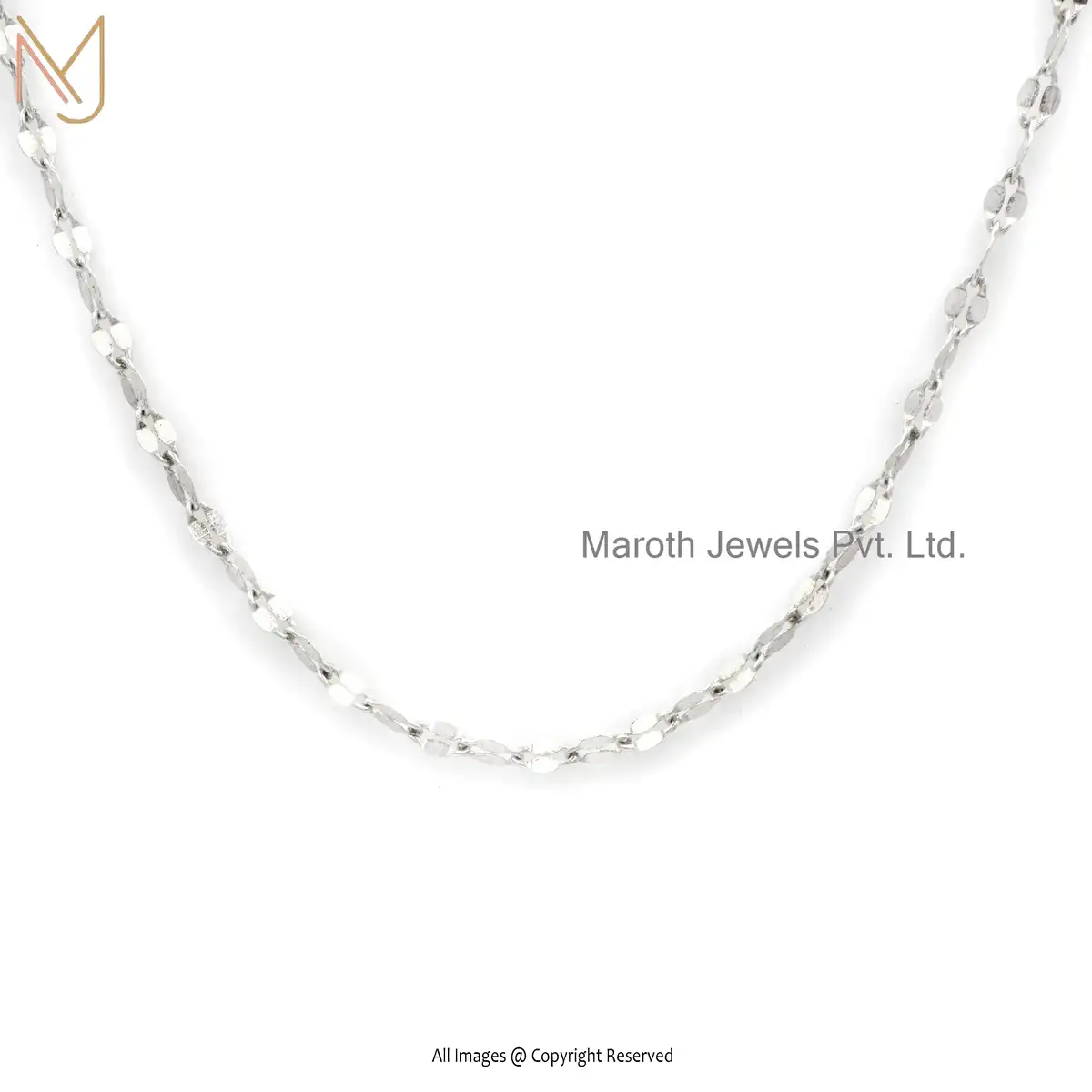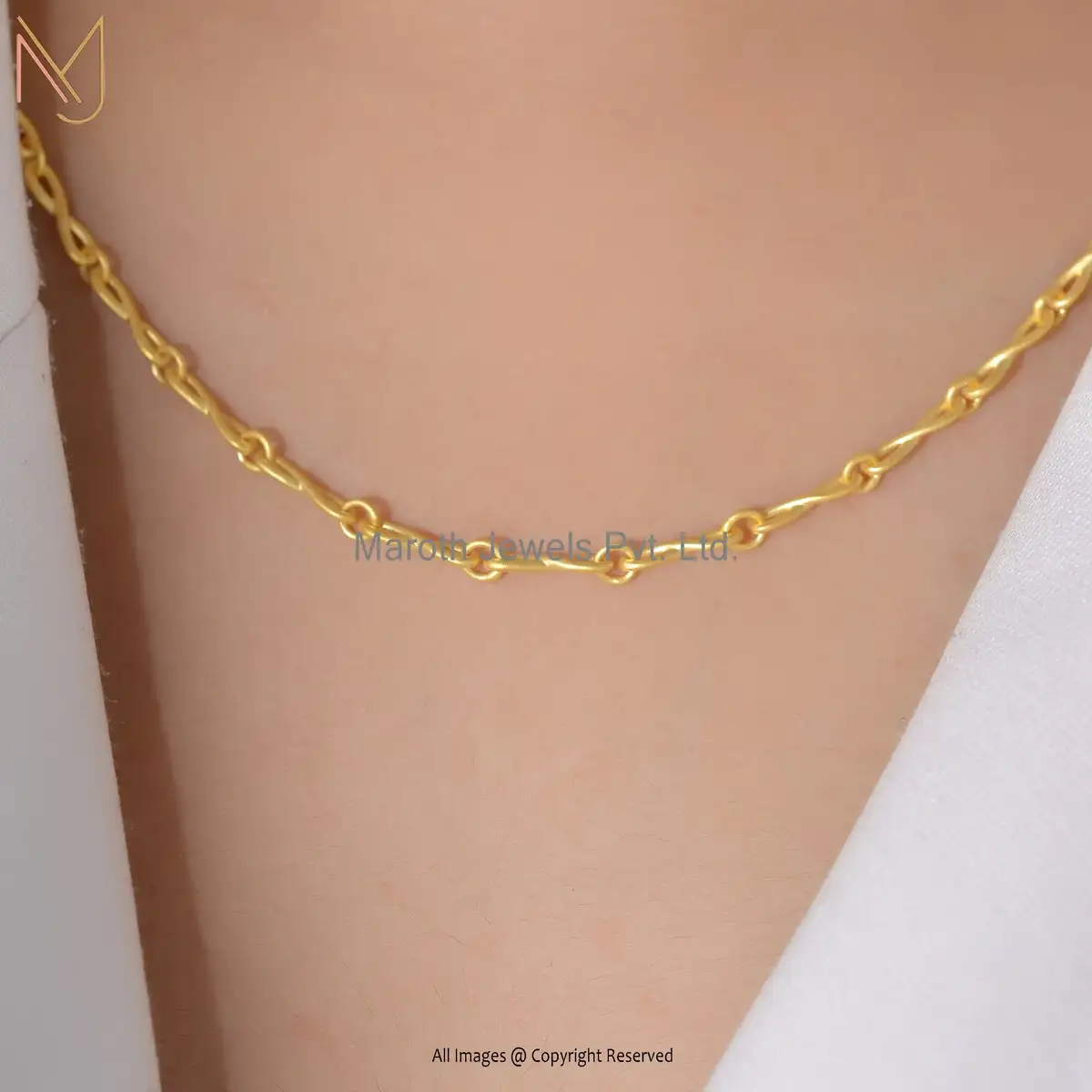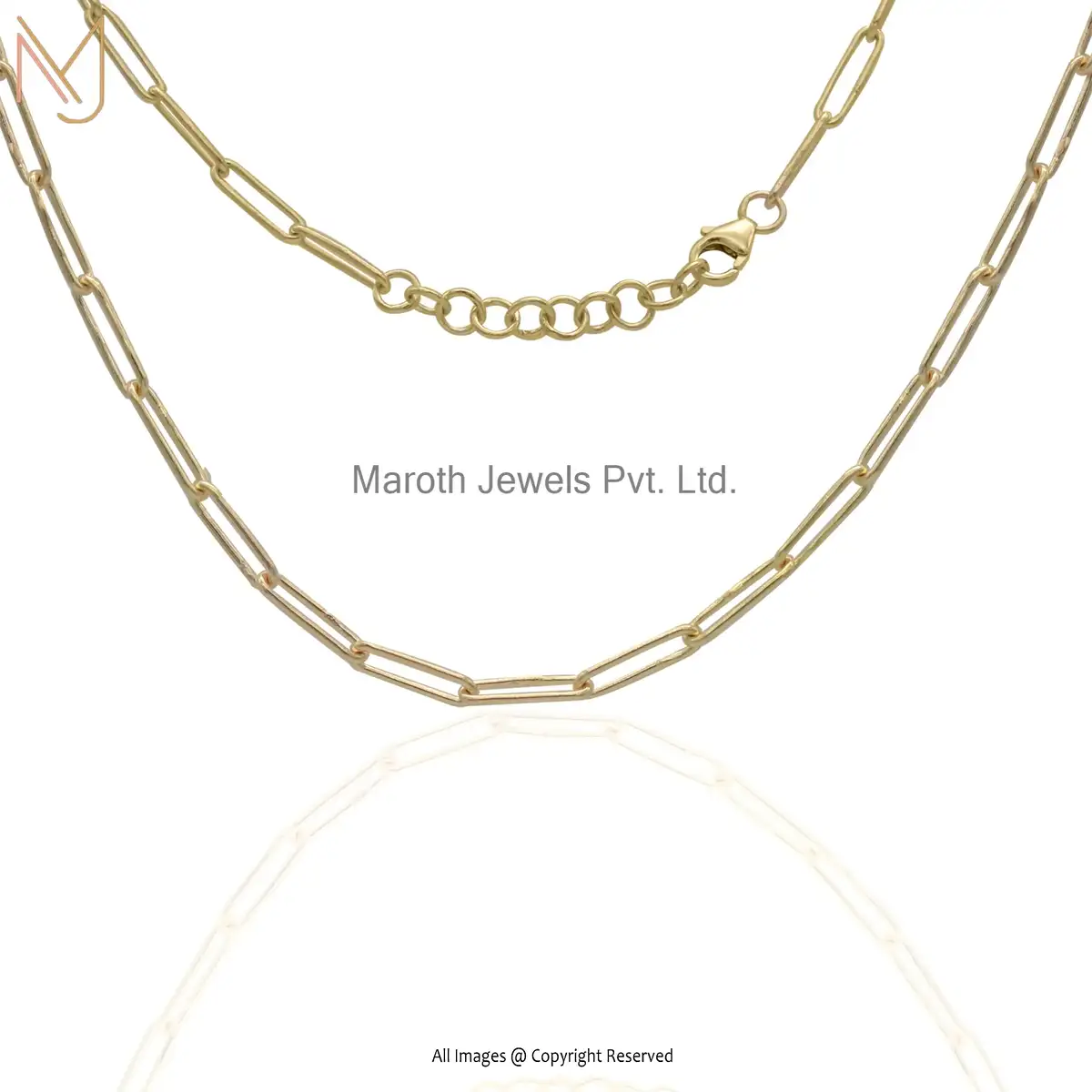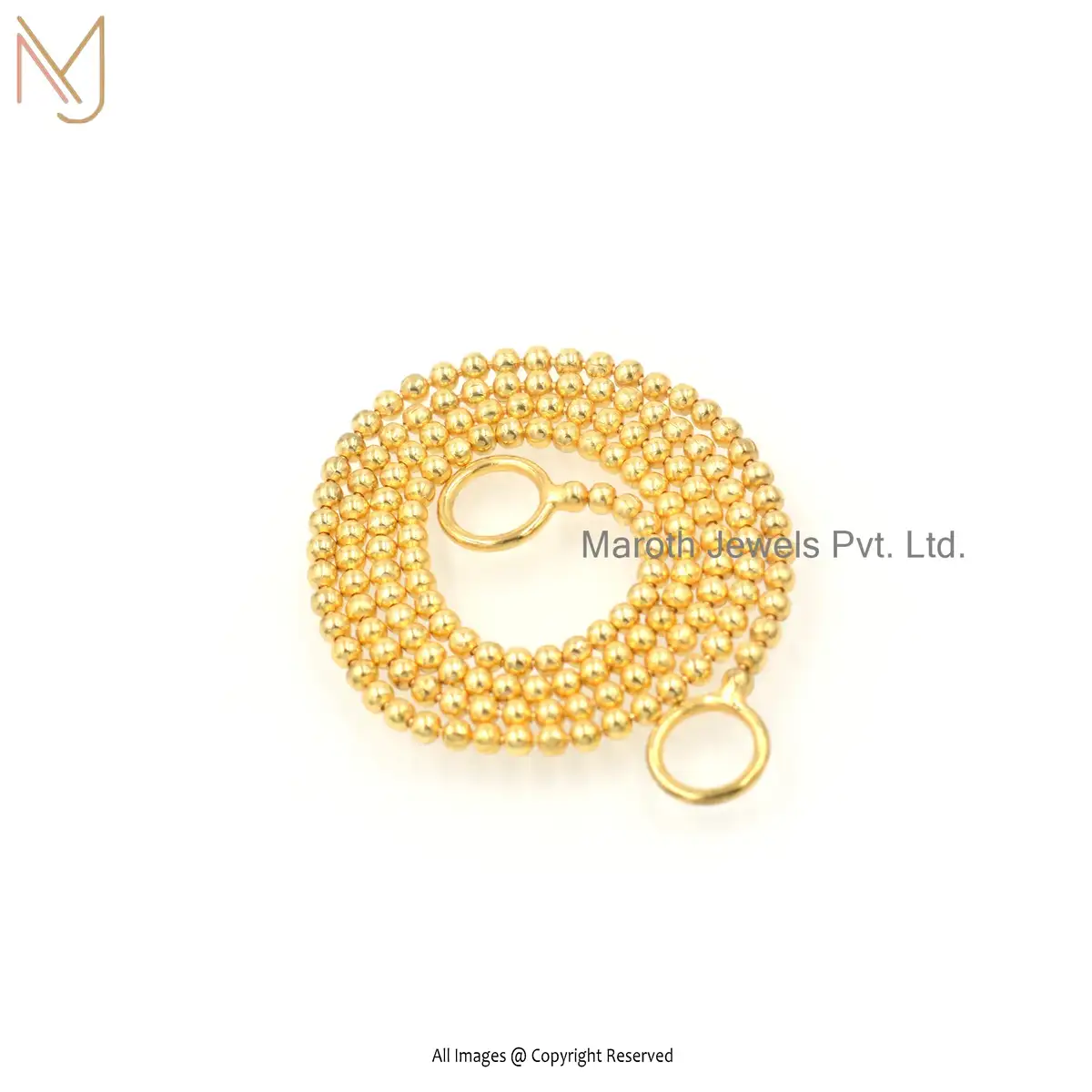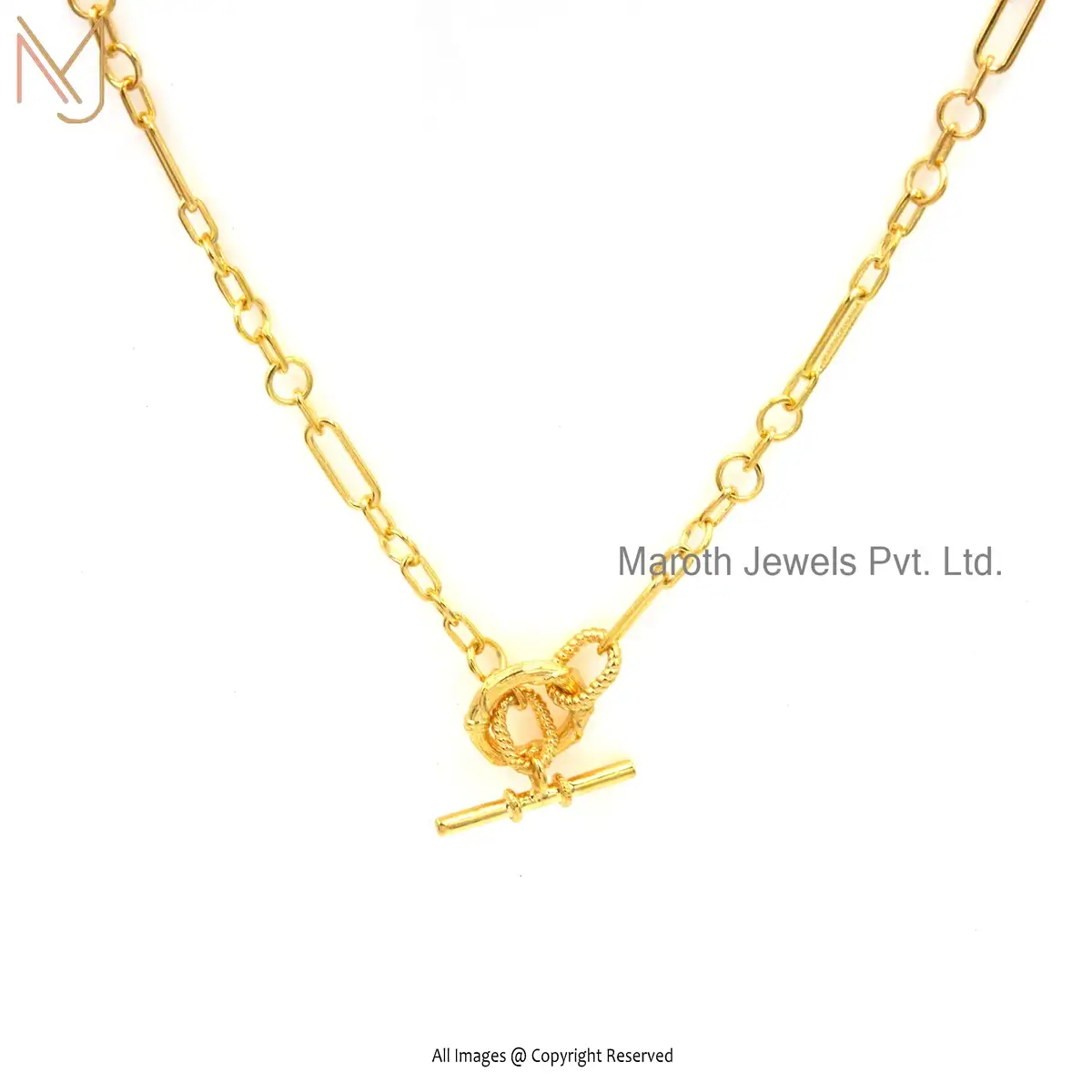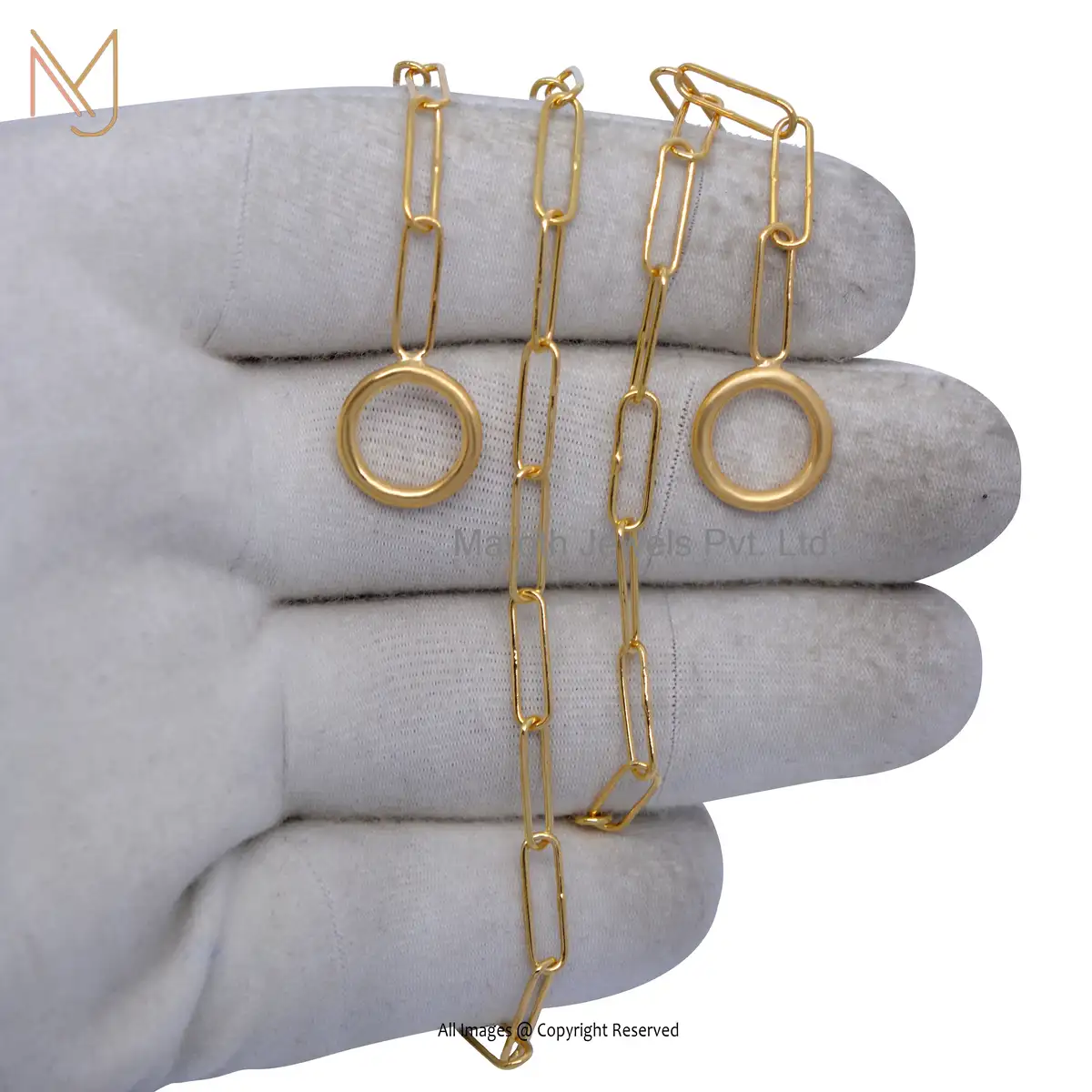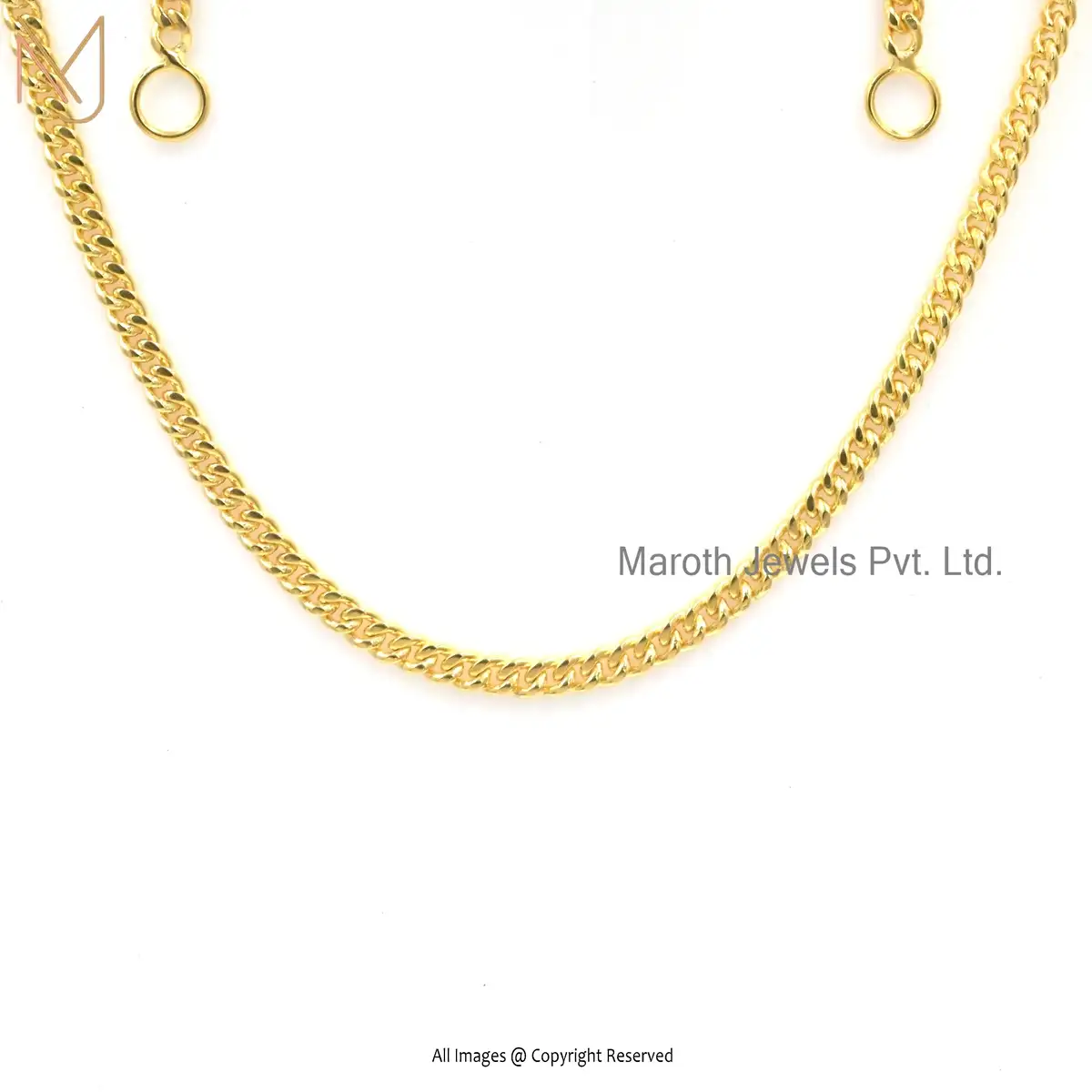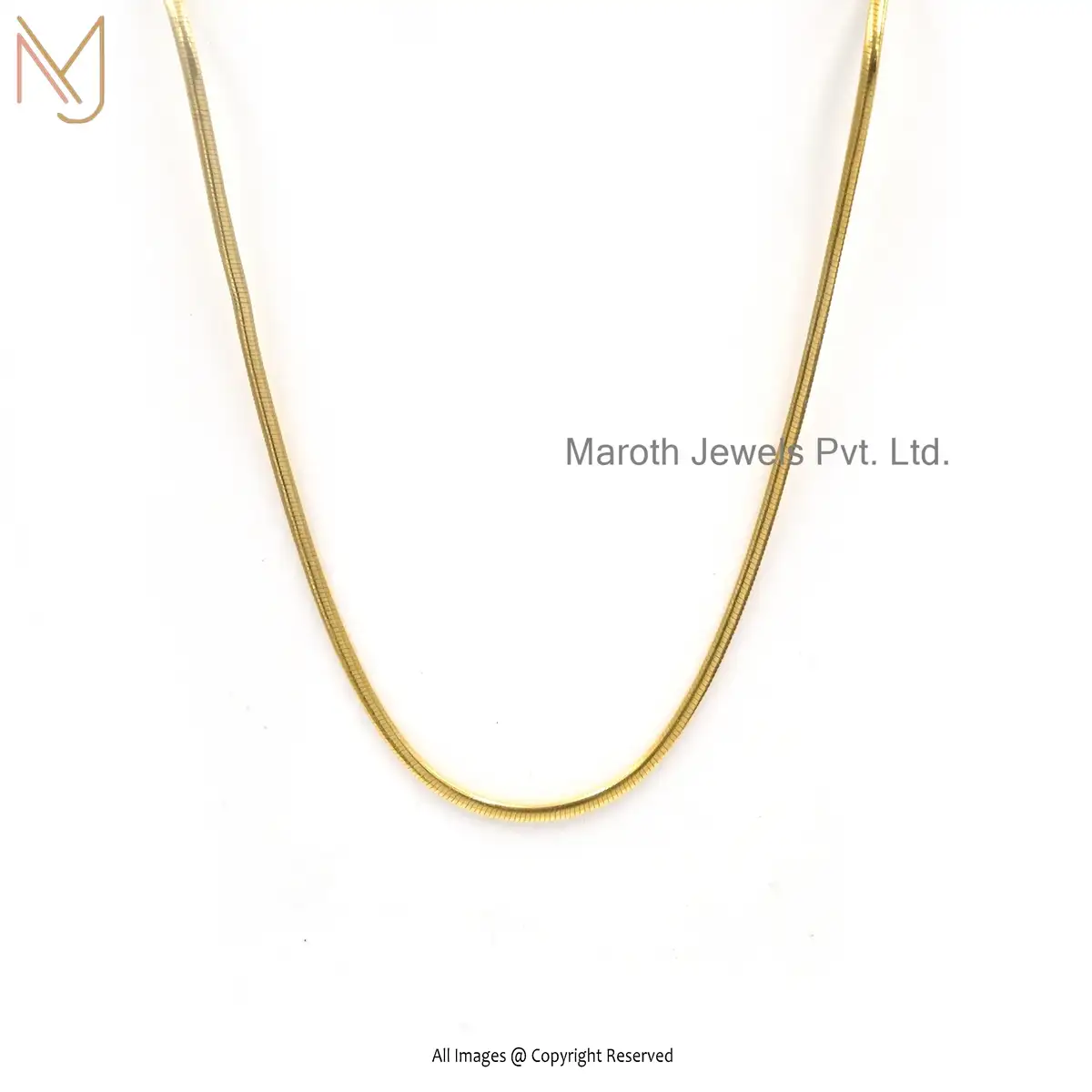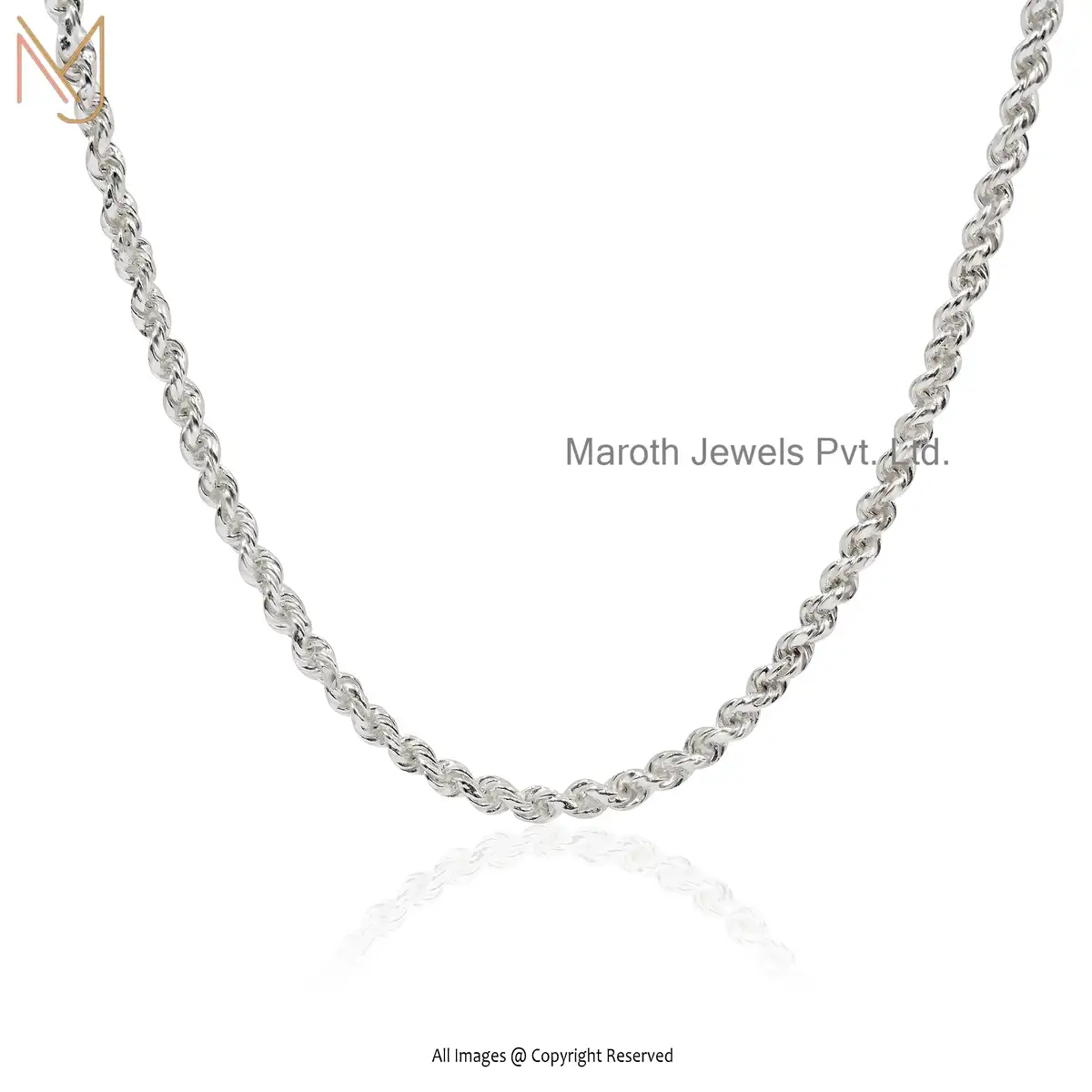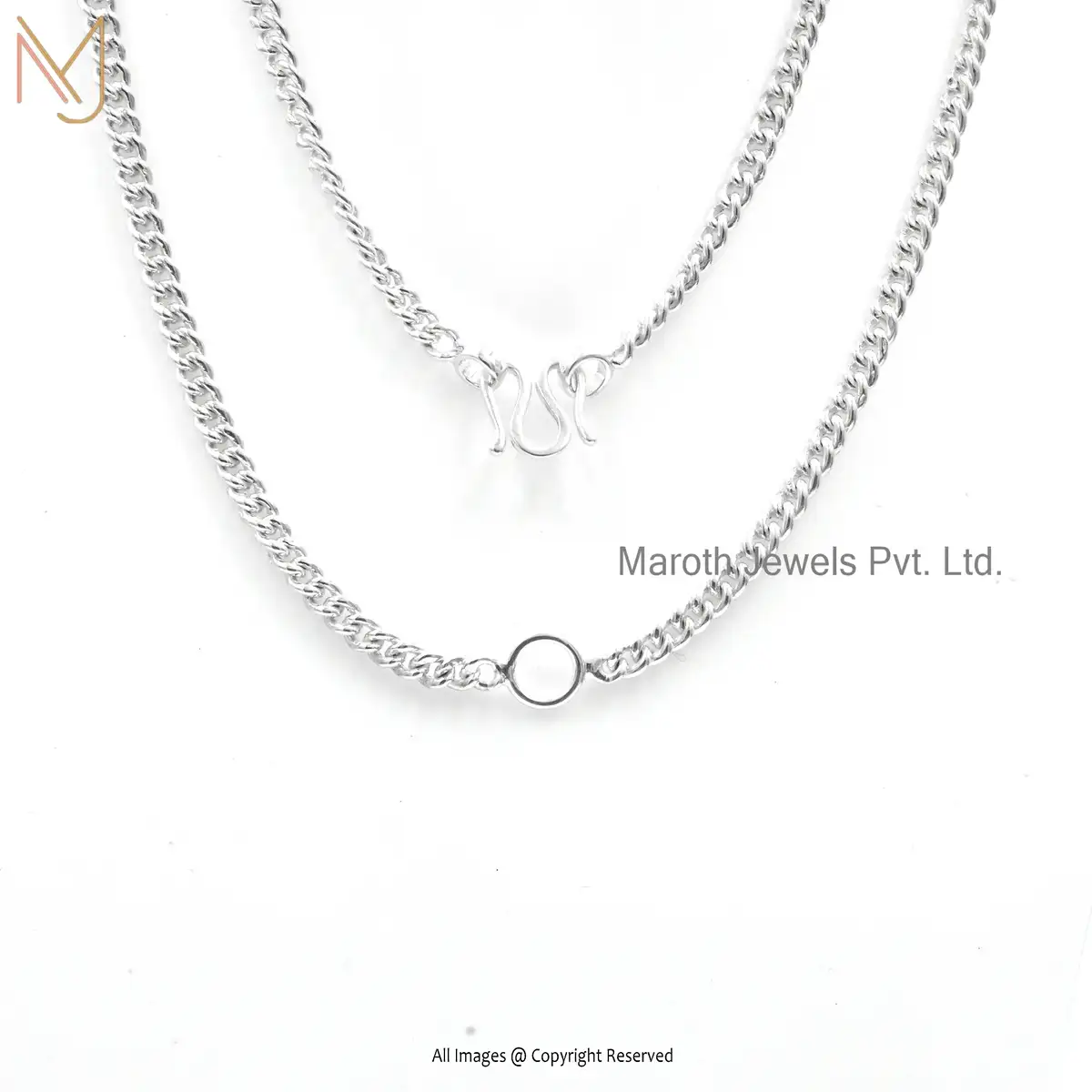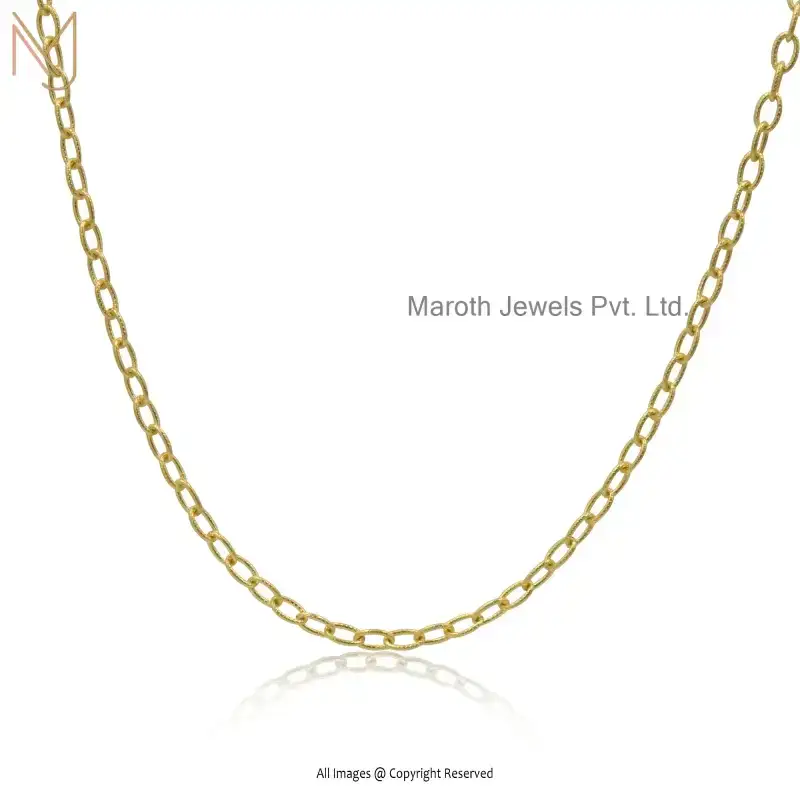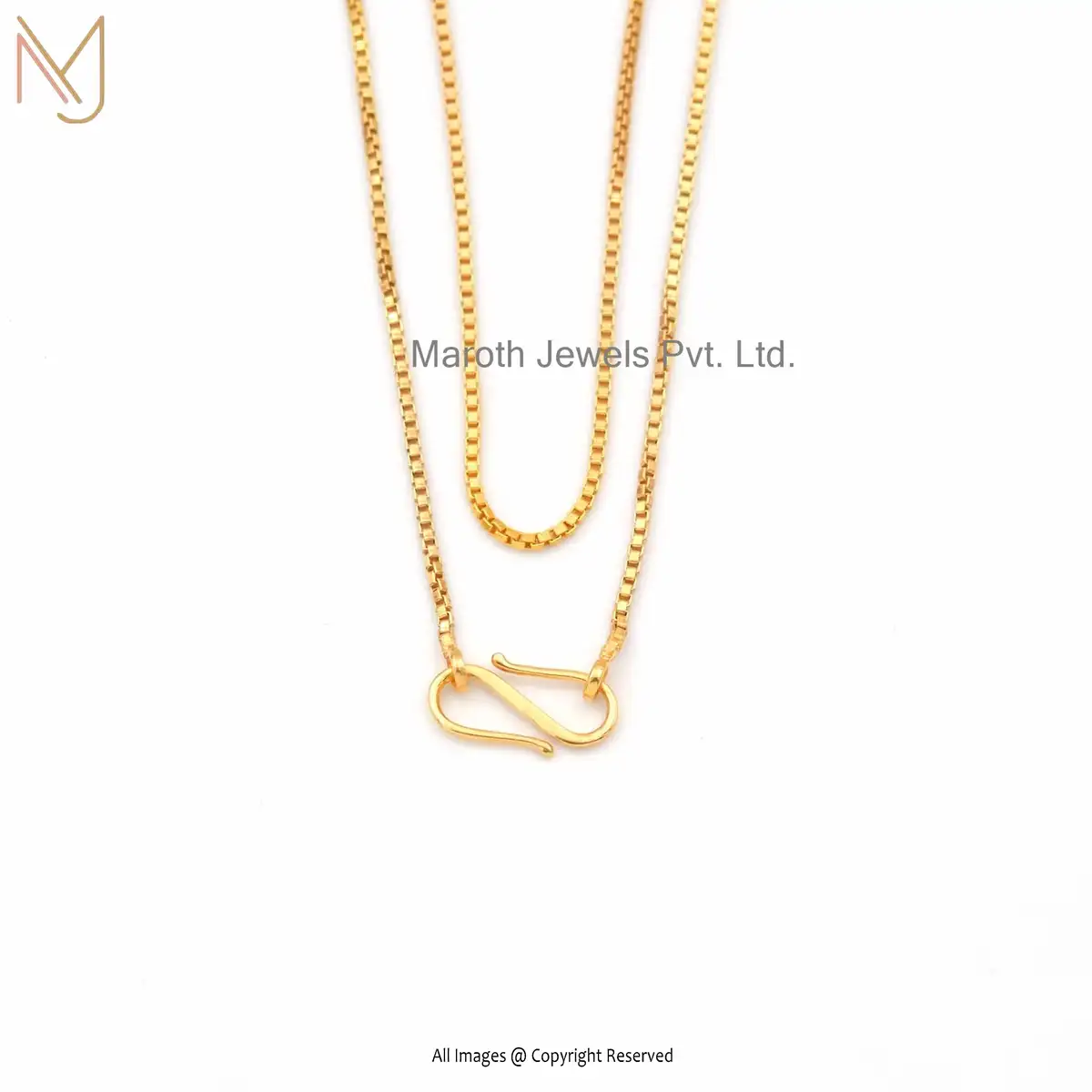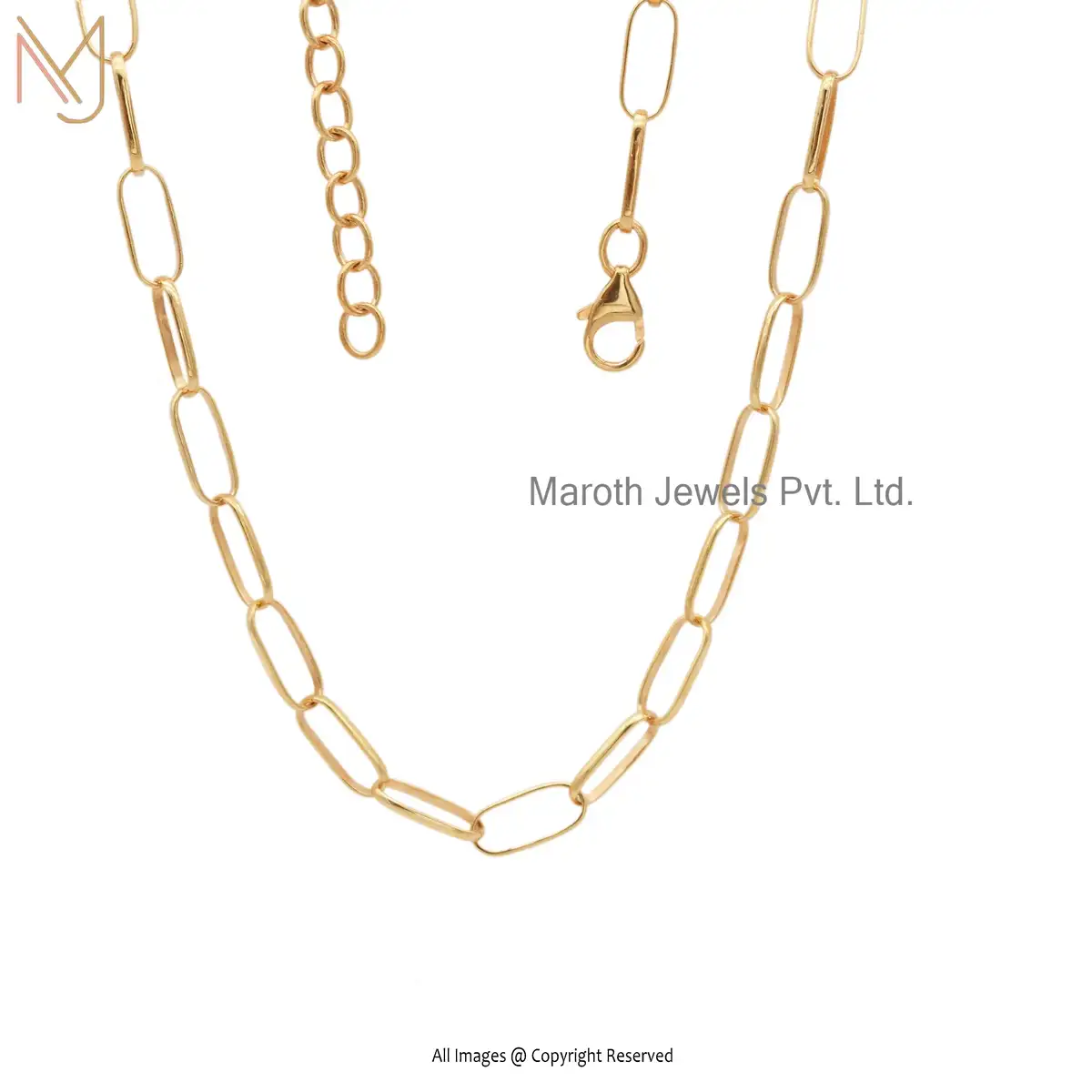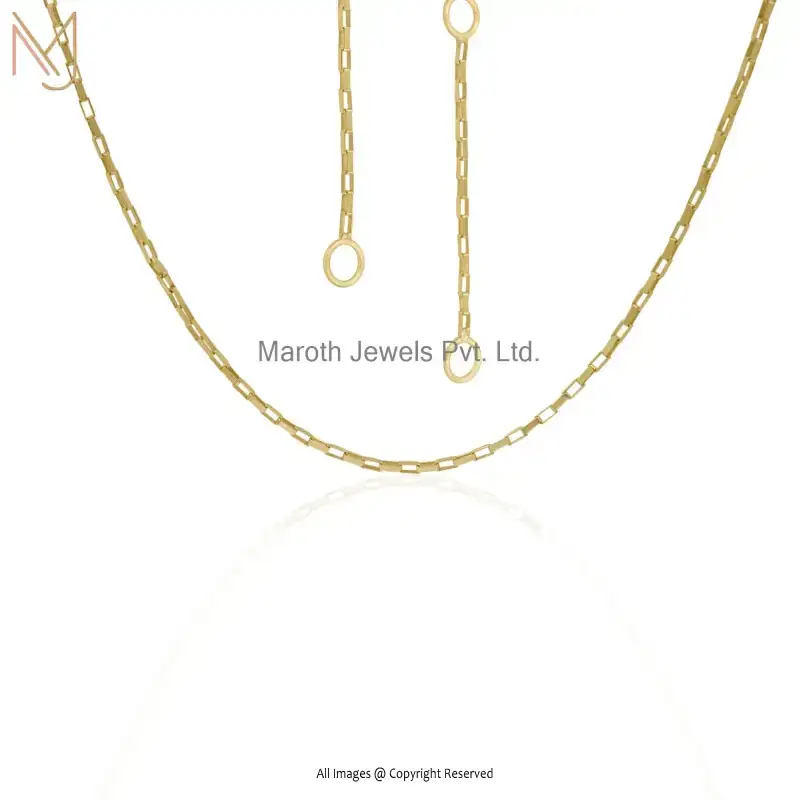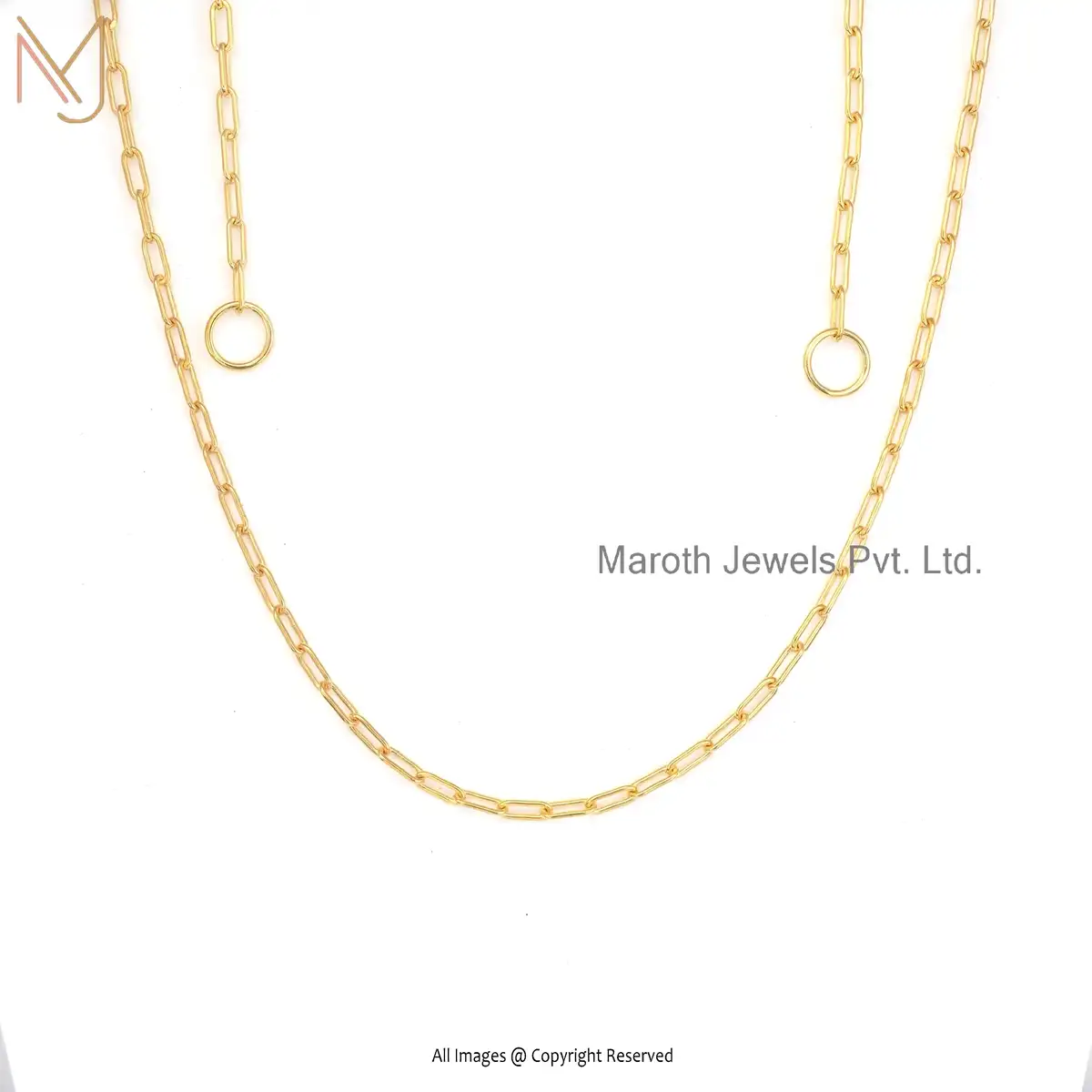How Much is Gold-Filled Jewelry Worth?
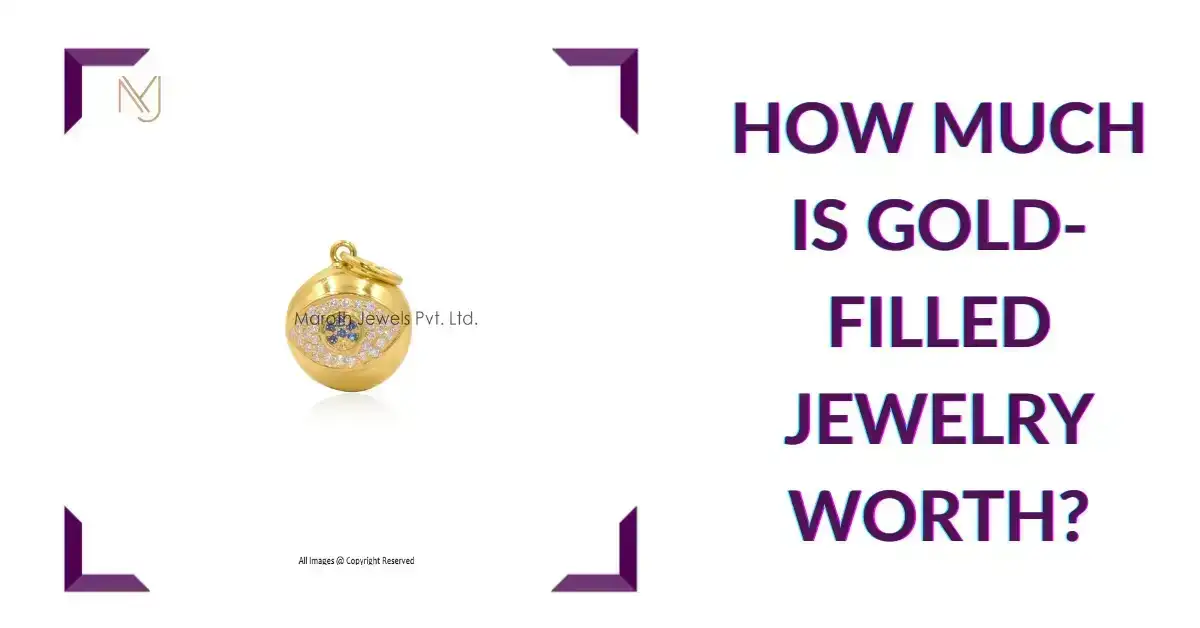
How Much is Gold-Filled Jewelry Worth?
What is Gold-Filled Jewelry?
The attraction of solid gold attractiveness matches with durability through gold-filled jewelry while avoiding its high price level. What is the actual meaning which gold-filled jewelry conveys?
A gold covering applied to base metal joins through heat and pressure makes up this type of gold jewelry. Every gold-filled item must contain a minimum of 5 percent gold weight in a thickness that surpasses normal gold plating standards which will be explained in detail.
People who desire golden elegance at affordable costs typically choose gold-filled pieces rather than expensive solid gold items. People with metal sensitivities can find suitable jewelry with gold filled-jewelry because the base metal that bonds with gold in this style is hypoallergenic.
Gold-Filled vs. Gold-Plated
From a casual observation gold-plated and gold-filled pieces maintain such similar appearances that anyone can mistake them for each other. The two metallic pieces exhibit several distinct features which set them apart from one another.
VISIT FOR :: is there a big difference between 10k and 14k gold
Thickness of Gold
The main distinction occurs from how much gold fills and covers gold-plated items.
The main production process for gold-plated jewelry includes applying a thin metal coating of gold alloy to affordable base materials that often use brass, steel, copper, silver or nickel. The amount of gold coating on items ranges from 0.175 microns in “flash-plated” pieces to regular gold-plated pieces containing 0.5 microns.
Gold-filled jewelry, on the other hand, features two or three layers of a thick gold sheet instead of just one.
Gold-plated jewelry with its delicate layer faces an increased likelihood of experiencing wear and tear because it meets the minimum requirement of 5 percent gold weight in gold-filled and layer compositions.
The gold layer present in most gold-filled jewelry exceeds standard gold plating heights by up to 100 times which results in longer piece lifespan.
Typically gold-plated jewelry consists of less than 0.05 percent weight compared to the total piece.
The application process stands as another major distinction between these two metal jewelry types.
Application of Gold
Gold-plated jewelry emerges from an electroplating production technique. The electrical current functions as the fundamental element to develop a thin gold layer which attaches to base metal. Placing the base metal in a solution containing gold ions enables electric current passage to produce a thin gold layer. Physical attraction from metal ions pulls them toward the base material to bond with it thus establishing a delicate gold coating.
Pressure bonding serves as the method which produces gold-filled jewelry. During pressure bonding also known as mechanical bonding base metal meets gold layer within two rolls to generate metal layer fusion through applied heat and pressure.
The pressure bonding manufacturing process produces thicker durable gold platings compared to electroplating technology. Pressure bonding takes place without electricity usage which ensures safety and environmental concern. The compound nature of making gold-filled jewelry requires longer production time which drives up its manufacturing costs.
How is Gold-Filled Jewelry Made?
The production process for gold-filled jewelry involves attaching solid gold pieces to jeweler's brass by means of pressure bonding. Jewelry first receives a minimum 10k pure gold coating which implies a gold alloy containing 41.7 percent pure gold composition.
The fusion between gold layer and base metal occurs through mechanical pressure bonding techniques that also require both heat and pressure. The strong and permanent connection ensures that the gold stays on the piece without detaching at any time.
Options: Single Clad vs Double Clad vs Wire Clad
The three designs of gold sheets bonded to base metal in gold-filled jewelry include single-clad and double-clad along with wire-clad application.
Single clad features gold coating on a single base metal surface while maintaining its unrestrained opposite side.
Double clad incorporates gold application on both metal surfaces of the base metal.
Wire clad features a full encasement of the base metal using gold as its exterior.
Why does this matter?
Single-clad gold-filled items usually show shorter lifespan than double-clad due to direct contact of brass underlying metal base with the atmosphere through its uncovered surface. The brass base material below becomes visible due to tarnishing because single clad products allow only one side of the object to be protected with gold. Items with double-clad gold filling receive metal protection on both outer surfaces which increases brass base defense and creates sustained quality jewelry.
The protective qualities of wire-clad gold-filled pieces match those of double-clad gold-filled. The flexibility of wire-clad makes it a common option for elegant jewelry creation including delicate items such as earrings or pendants.
VISIT FOR :: jewelry manufacturers texas
Regulations
The Federal Trade Commission (FTC) in the United States regulates the use of “Gold-filled” through an enforced terminology. Gold-filled products need to comply with precise requirements when producers select this labeling term. Those requirements include the following:
The weight criterion for metal items states that at least 5% of the total mass must comprise fine gold or gold alloy.
A gold surface needs to be at least 10 karats pure for proper classification.
The attachment of the gold layer to the base material requires a “mechanical process”.
Disclosures about the item’s specifications need to be presented in a clearly visible manner. The laws demand that gold karatage should appear alongside marks such as “Gold Filled” or “GF” to identify the jewelry piece.
A jewelry item cannot be considered officially gold-filled unless every established requirement is satisfactorily met. The legal definition of gold-filled applies to jewelry only when every listed requirement meets the standards.
A combination of elements decides the worth of gold-filled jewelry materials.
Quality Levels of Gold-Filled Jewelry
The value together with the quality of gold-filled jewelry relies on multiple factors.
The clarity of gold used represents the fundamental aspect determining its worth.
The market values gold with 24K karatage higher than gold with 10K karatage. Most types of gold-filled jewelry incorporate either 12K or 14K gold materials.
Is 14k gold-filled real? Yes. The minimum requirement for gold purity in gold-filled jewelry amounts to 10K but 14K gold-filled pieces consist of gold that reaches at least 14K purity with its total weight requiring at least 5 percent to be made of gold substance.
The cost-efficient alternative to solid gold that makes up 14K gold-filled jewelry remains a premium choice because of its superior quality.
The value of gold products gets affected by the mixture of additional metals which help change its color.
Yellow gold ranks as the most valuable metal since white gold and rose gold respectively fall behind it. The base materials of jewelry together with their chosen metal determine value since nickel and copper reduce prices but sterling silver enhances them.
The process to differentiate between solid gold and gold-filled pieces requires attention to these steps.
How To Identify Gold-Filled Jewelry?
To identify gold-filled from gold jewelry a person can utilize three primary identification methods.
Pay attention to the hallmark because solid gold jewelry includes clear stamps presenting the purity level such as "14K" or "18K". Jewelry made from gold-filled components shows its origin through the marks that include both GF letters and a hallmark. The gold-filled trademark "1/20" appears as standard on these items.
An easy acid-based test exists to verify the gold content of your items. The only metals reacting to the acid test are gold and other metals because gold-filled materials remain unaltered. This diagnostic method turns out to be destructive toward jewelry therefore should be used as the ultimate solution.
Examine jewelry items carefully since pure gold manifests as thick and dense when contrasted with gold-filled materials. All seams produced when the gold layer adheres to base metal remain visible on gold-filled pieces.
INTHE END
Specialized equipment allows professional jewellers as well as other industry experts to identify the gold content in their jewelry. The accurate method to determine solid gold from gold-filled items exists through professional equipment.
READ MORE :: Evil Eye Bracelet: Meaning and Origins
Recent Posts
Top 10 925 Sterling Silver Chain Manufacturer in USA
Top 10 Gold Chain Manufacturer in USA
Pros And Cons Of Gold Plated Jewellery
Top 10 Jewellery Brands In Delhi
Top 10 Sustainable Jewelry Manufacturers in India
10 Best Jewelry Stores in San Antonio, Texas
How to Get my Jewelry Designs Manufactured?
Related products
Private Label 925 Silver Rose Gold Paperclip Chain With Toggle Clasp Jewelry
14k White Gold Diamond Lobster Lock Chain Necklace Jewelry Supplier
14K White Gold Twist Chain Necklace Handmade Jewelry Supplier
Private Label 14K Rose Gold Paperclip Chain With Toggle Clasp Jewelry
14K Yellow Gold Satin finish Chain Necklace Manufacturer
14K Yellow Gold Oval Link Adjustable Chain Custom Jewelry
Wholesale 14K White Gold Paperclip Chain Necklace With Toggle Clasp Jewelry
Private Label 14K Yellow Gold Ball Beads Chain Necklace Jewelry
Private Label 14K Solid Yellow Gold Chain Necklace
14K Yellow Gold Paperclip Chain Necklace Custom Jewelry
14K Solid Yellow Gold Link Chain Jewelry Supplier
Private Label 14K Yellow Gold Plain Chain Necklace Jewelry
14K White Gold Twister Rope Chain Jewelry Manufacturer
14K White Gold Curb Chain Necklace Manufacturer
Private Label 14K Yellow Gold Oval Link Chain Necklace Jewelry
14K Yellow Gold Square Box Chain Necklace Handmade Custom Jewelry
Wholesale 14K Yellow Gold Adjustable Link Chain Necklace
Wholesale 14K Solid Yellow Gold Box Chain Necklace Jewelry
Private Label 925 Silver Yellow Gold Plated Cable Link Chain
Contact Us For Custom Jewelry
Please get in touch with us and share your ideas if you have personalized jewelry or are searching for a private label jewelry manufacturer. In accordance with your suggestions, we will make and present genuine jewelry.
Drop Us a Line
Scan QR Code
for immediate contact













